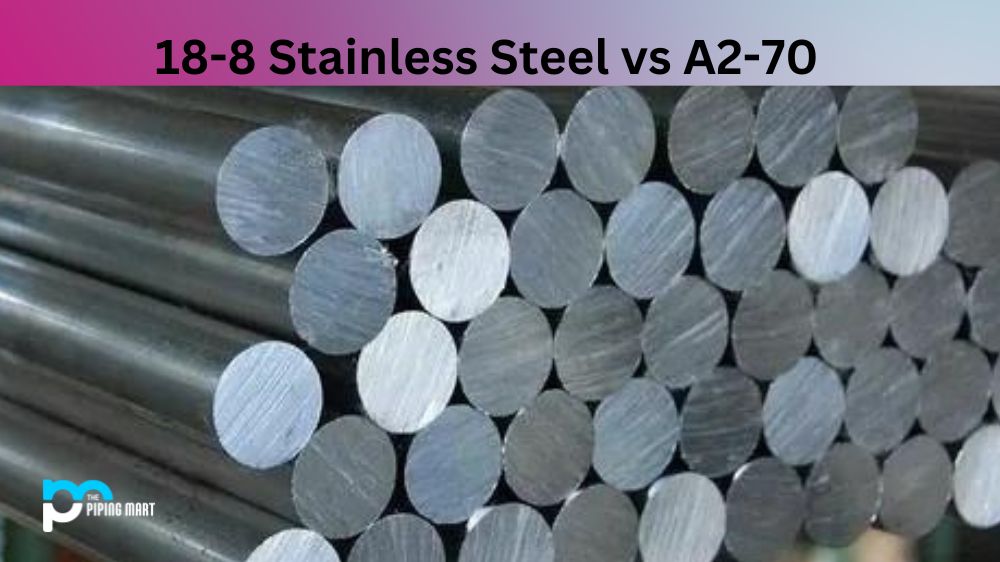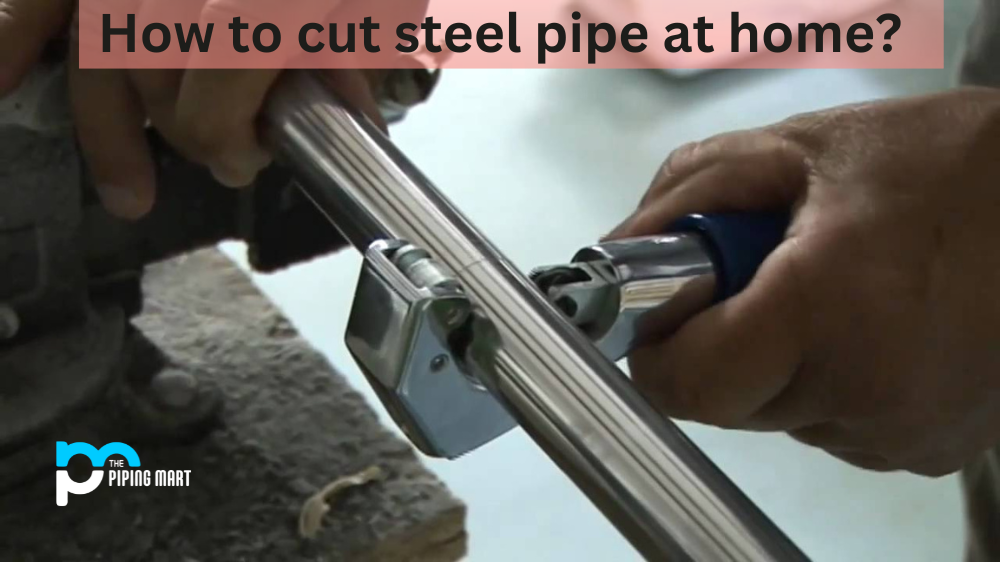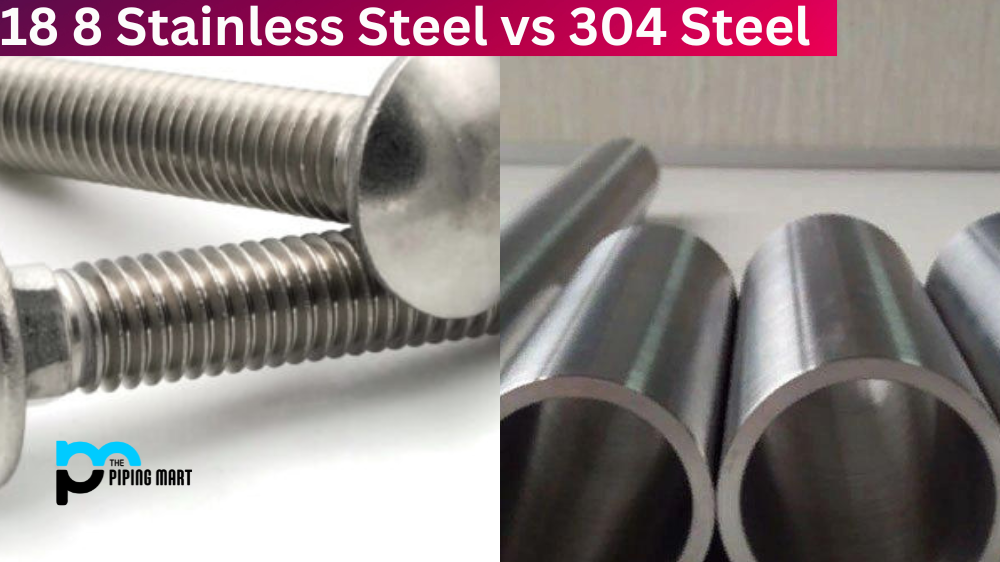Stainless steel has multiple categories and ratings for various grades. If you are into mechanical, chemical, or civil engineering, you should know the variations of stainless steel and their suitability for different products. The most commonly used stainless steel grades are 18-8 Stainless steel and A2-70. This blog post will compare 18-8 stainless steel and A2-70 regarding material composition, usage, and mechanical properties.
What is 18-8 Stainless Steel?
18-8 stainless steel alloy contains 18% chromium and 8% nickel for improved strength, corrosion resistance, and superior formability. It is also known as 304 or A2 stainless steel. It has excellent welding characteristics and can be welded with any standard technique. It also offers good heat resistance up to about 800°F (427°C).
What is A2-70 Stainless Steel?
A2-70 stainless steel is a type of corrosion-resistant austenitic grade of stainless steel. It is an alloy that contains molybdenum, chromium, and nickel as its main components. This combination allows it to resist rusting and corrosion better than other grades, making it suitable for use in environments with higher humidity and water content.
Difference Between 18-8 Stainless steel and A2-70 Stainless Steel
Material Composition:
18-8 stainless steel alloy contains 18% chromium and 8% nickel. It is also known as 300 series stainless steel, which is highly corrosion-resistant and non-magnetic. It is commonly used in kitchen equipment, utensils, sinks, and chemical processing equipment.
On the other hand, A2-70 is a type of stainless steel that contains 17% chromium, 4% nickel, and 2% molybdenum. Adding molybdenum makes it more corrosion-resistant, especially in coastal areas or marine environments. A2-70 is commonly used in fasteners, bolts, and nuts.
Usage:
18-8 stainless steel is a general-purpose stainless steel grade suitable for situations where corrosion resistance and strength are equally important. It is not as strong as A2-70 but is less expensive and can resist corrosion in most environments.
A2-70, on the other hand, is a high-strength stainless steel grade specifically designed for applications requiring high tensile strength and corrosion resistance. It is more expensive than 18-8 stainless steel, but it is worth the price if you need a strong bolt or nut that can withstand harsh environments.
Mechanical Properties:
18-8 stainless steel has a tensile strength of around 621 MPa and a yield strength of around 241 MPa. It has a Rockwell hardness of B85. This means that 18-8 stainless steel is less strong than A2-70 but is still suitable for most general-purpose applications.
A2-70, on the other hand, has a tensile strength of around 700 MPa and a yield strength of around 450 MPa. It has a Rockwell hardness of C28-39. This means that A2-70 is much stronger than 18-8 stainless steel and is designed to handle high-stress environments.
Surface Finish:
18-8 stainless steel has a bright surface finish suitable for applications where aesthetics are important. It can be easily polished to achieve a mirror-like finish.
A2-70, on the other hand, has a dull surface finish that is suitable for applications where aesthetics are unimportant. It is often coated or painted to protect it from corrosion.
Conclusion:
In conclusion, 18-8 stainless steel and A2-70 have advantages and disadvantages. If you need a general-purpose stainless steel grade that is corrosion-resistant and affordable, then 18-8 stainless steel is a good choice. However, if you need a high-strength stainless steel grade that can withstand harsh environments, then A2-70 is the better option. Consider the environment, application, and budget when choosing the right stainless steel grade for your project or product.

Pipingmart is a B2B portal that specializes in metal, industrial and piping items. Additionally, we share the latest information and information about materials, products and various types of grades to assist businesses that are involved in this business.




